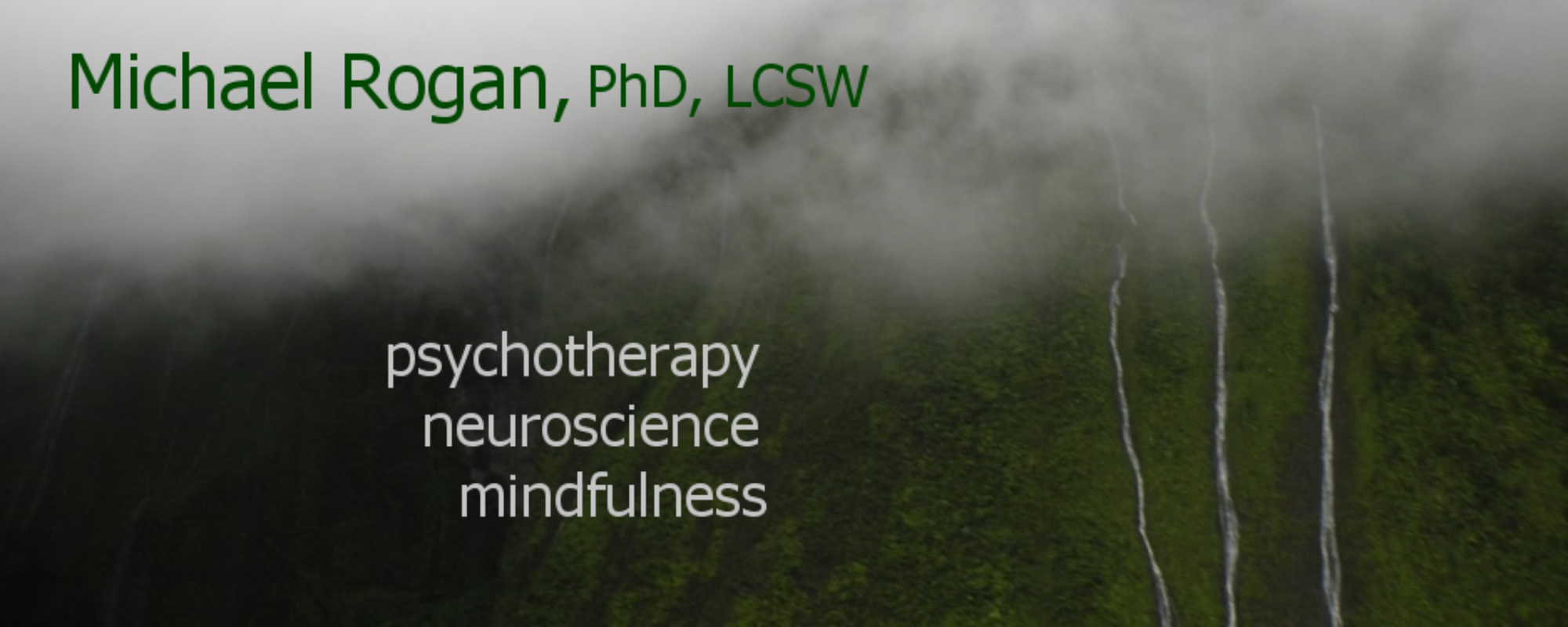
Using words to point to an experience without words
“Feel the sensations of the breath. If you notice that you’re not feeling the breath, feel the breath, right away. The breath is always happening, right now.”
The clinician’s use of language in describing the technique of mindfulness is very important, as it ends up being internalized and used by the client. I have found it helpful to simplify the language of instruction, to work more effectively with a broad range of clients with different sensitivities, conditions, characteristics and levels of function.
In particular, I have found it helpful to keep to language that minimizes any call to exertion, imagery, or abstract conceptualization – it is easy for these to become “hooks” for obsessiveness and anxiety.
- For example, a commonly heard instruction is “return (or come back) to the breath.” This paints a picture of the client having gone somewhere and needing to travel back – an image that I believe tends to unhelpfully and inaccurately solidify the realness of thoughts. This may seem a fine point, but in my view it is an entirely unnecessary complication that can interact negatively with neurotic vulnerabilities.
- Words like “concentrate on” or “focus on” the breath are evocative of special effort (and thus opportunities for failure), and are best avoided: I find that clients are all too ready to turn mindfulness practice into a strenuous and exhausting activity. Even talk about “placing attention,” which is useful in didactic explanation, is too abstract and conceptual for use at the point of instruction, and is best avoided when leading practice in session.
- Another unnecessary piece of imagery is “let go of the thought.” Why introduce this idea of physicality? In fact one need not engage in the operation of letting go of anything – one need only feel the breath.
Instead of all these possibilities, I simply and consistently say “feel the breath.”
